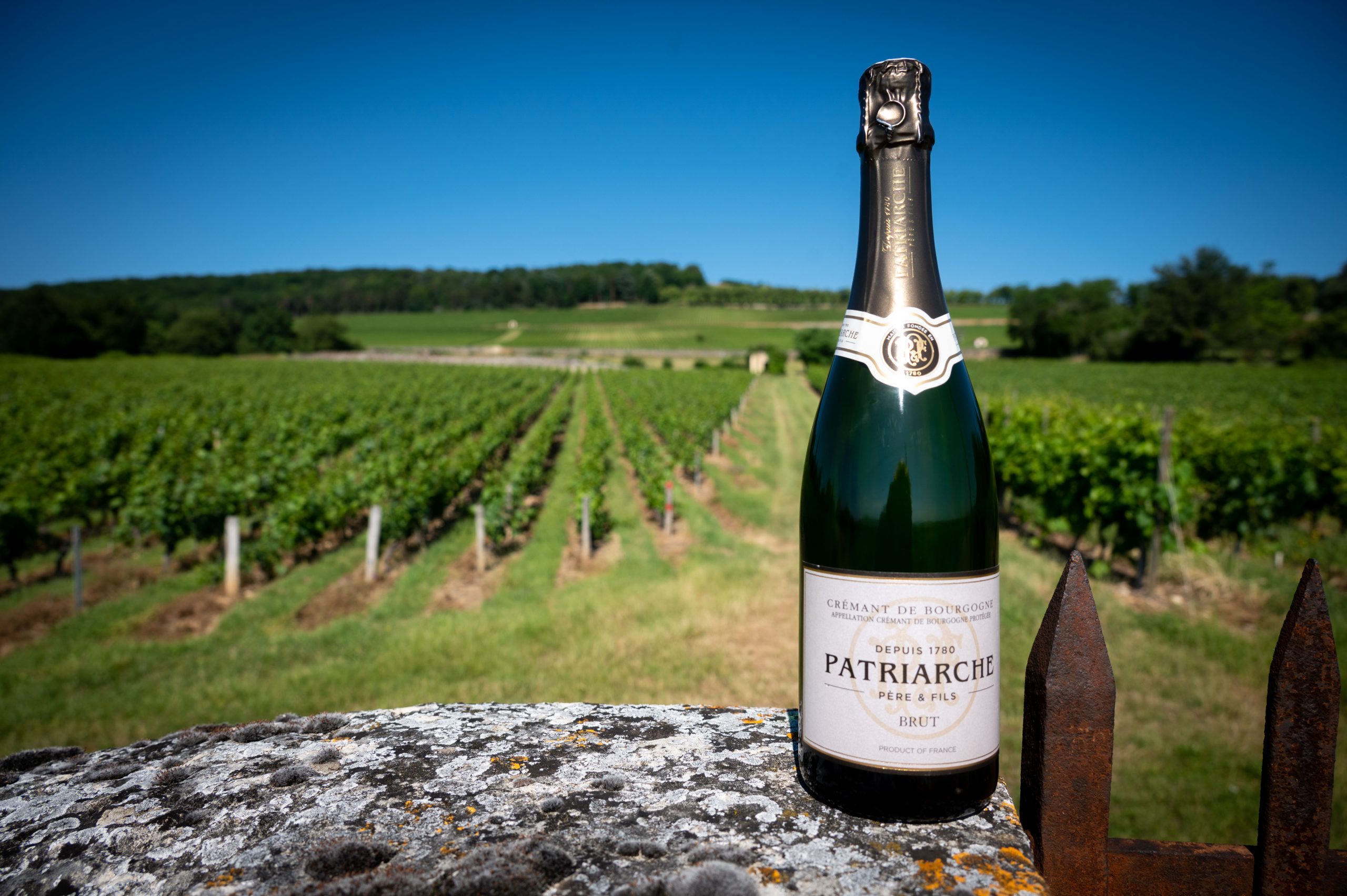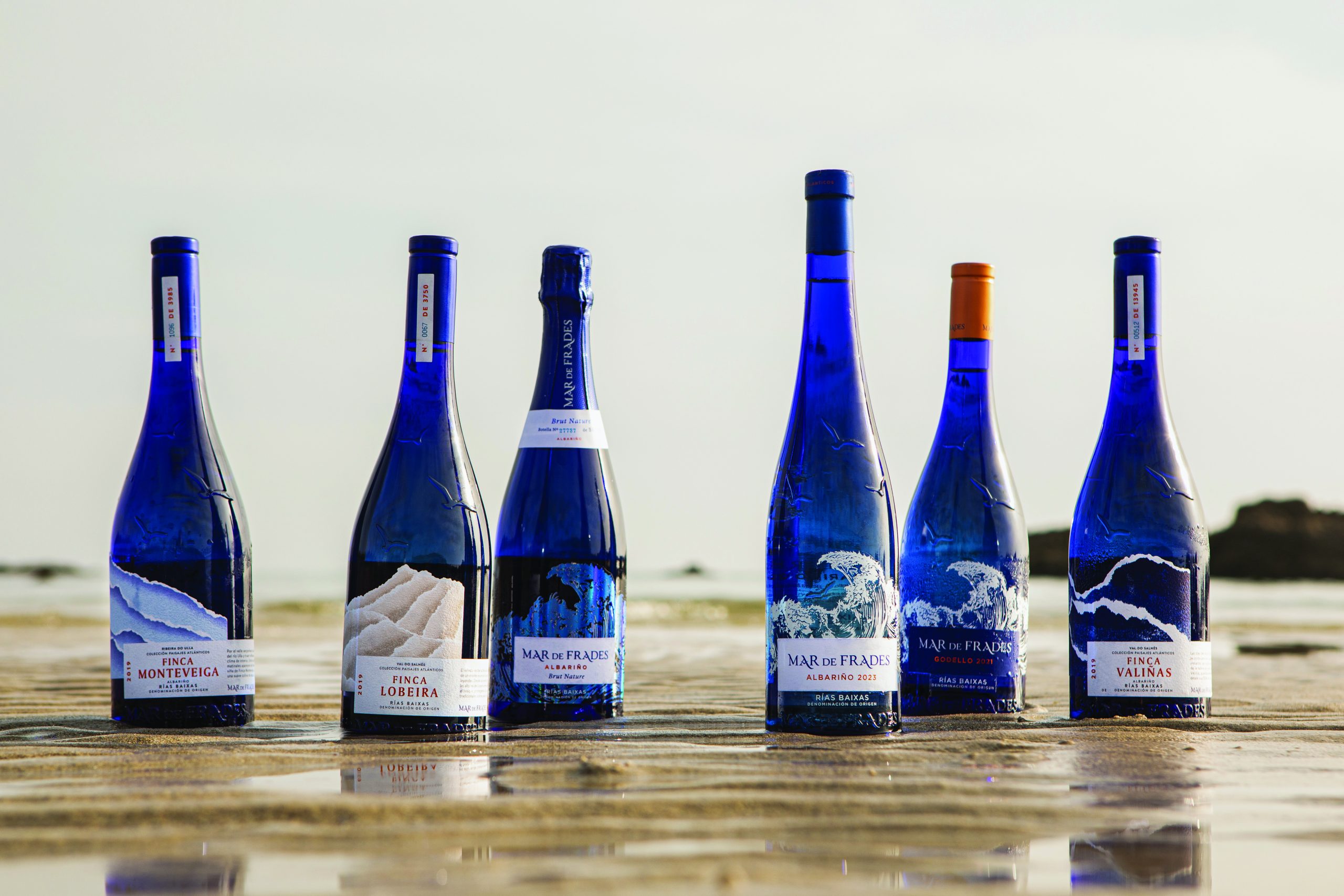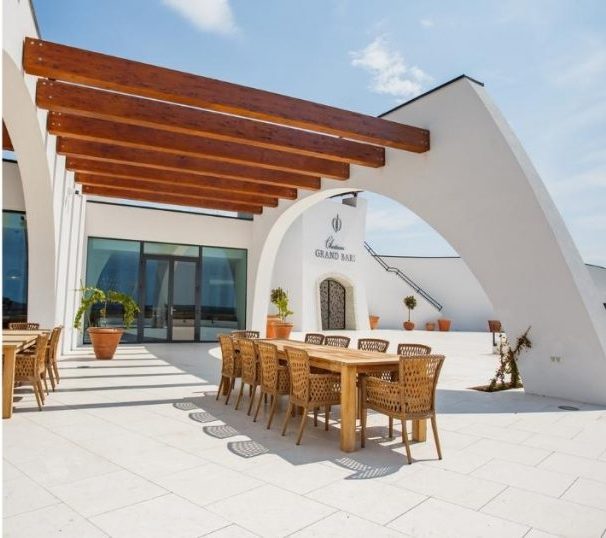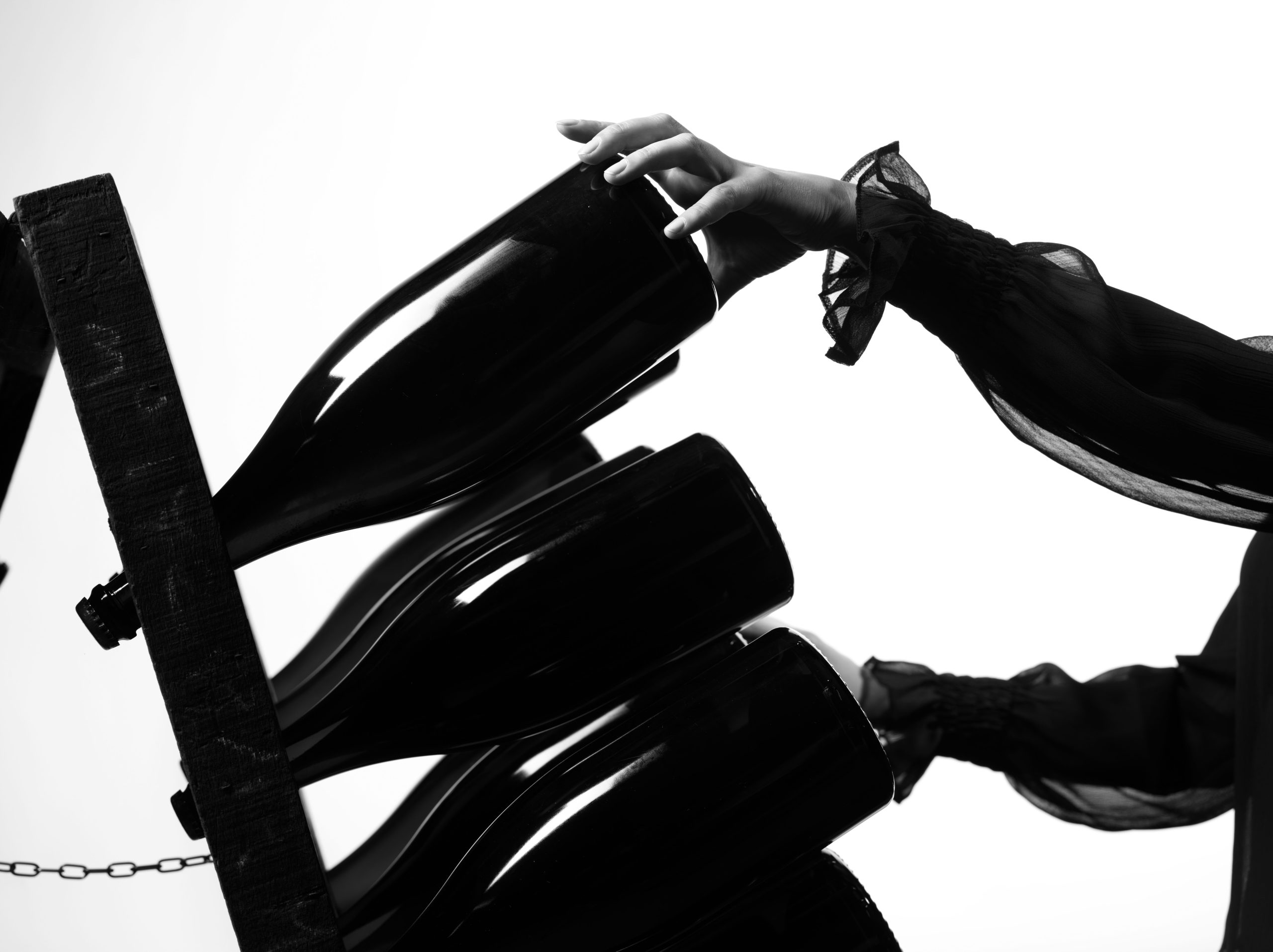Fine wine: Are we all too obsessed with price?
With all eyes on the latest en primeur campaign, Sarah Neish asks France’s fine wine producers whether the trade is too preoccupied with price.
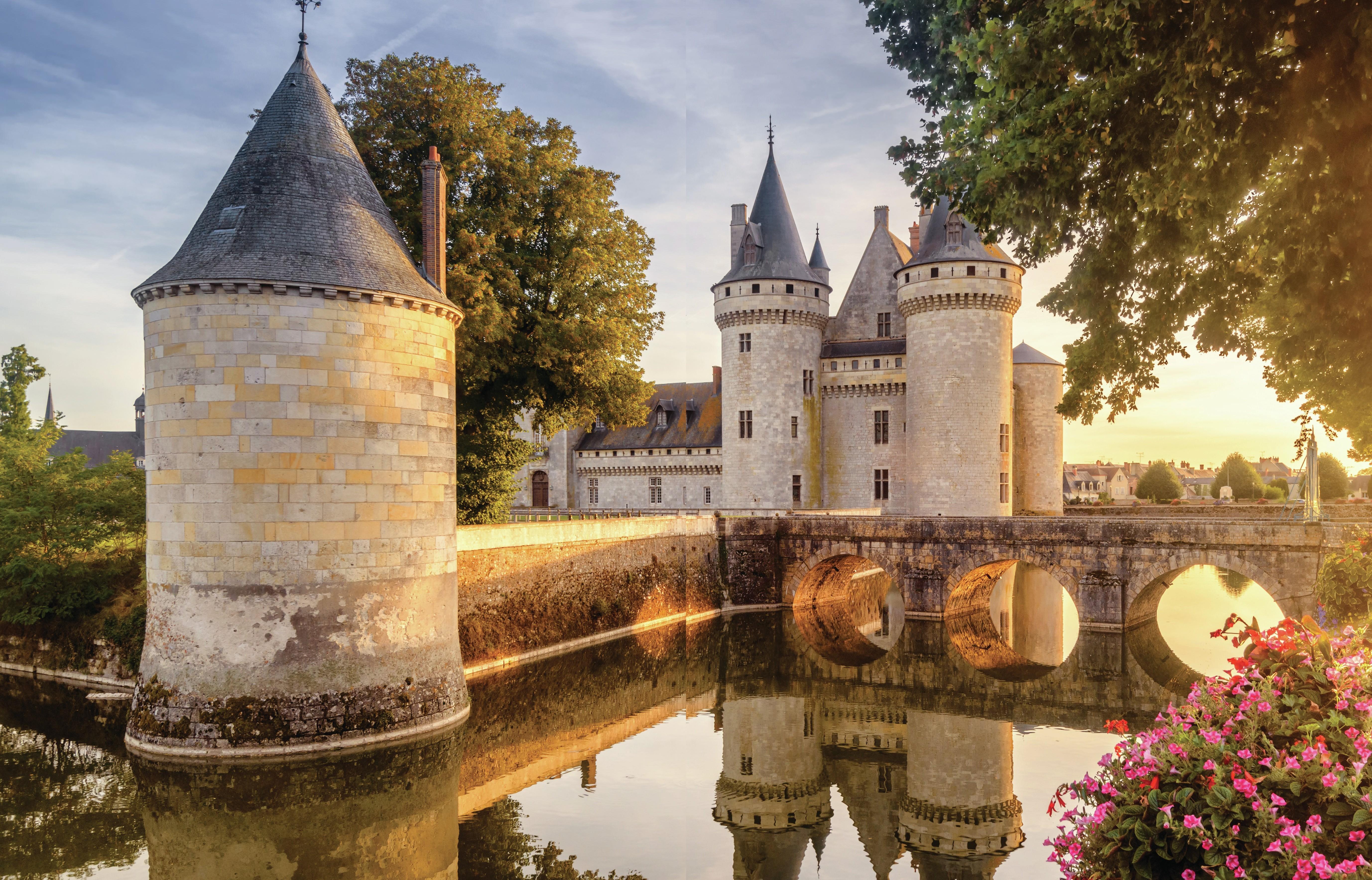
IT CAN be all too easy to get sucked into the oscillating twister of the pricing debate. Whether it’s the viability of this year’s en primeur campaign or the price tag attached to the wines in our favourite supermarkets, the subject is rarely far from people’s lips right now. France, particularly, is shouldering much of the critique at both extremes of the market.
There has been outrage from fine wine merchants and collectors that prices of new releases are too high compared with vintages already on the secondary market from the same producers. At the same time, growers are taking to the streets of France to protest that wine prices are too low, with hundreds gathering outside French retailer Carrefour in March to lambast it for selling Bordeaux wines in a special offer for €1.66 per bottle, cheaper than a bottle of water. Is the wine trade completely obsessed by price right now?
“Yes, it is,” says Eric Aracil, the codirector in charge of exports at the Conseil Interprofessionnel des Vins du Roussillon (CIVR), located in the Provence-Alpes-Côte d’Azur region in southeastern France. “It’s just a question of being able to respond to demand in this difficult period. Nevertheless, prices, whatever they are, must reflect the quality of the wines in the bottle.”
According to Valérie Vincent, marketing manager at Rhonéa, a collective of 400 artisan winegrowers in the Rhône Valley, this preoccupation with price stems from several factors.
“Firstly, economic uncertainties and inflation have tightened consumer budgets, making price a critical factor in purchasing decisions,” she says.
“Secondly, the rising costs of production, including labour, energy and raw materials, are forcing producers to adjust their pricing strategies. Thirdly, intense global competition is putting pressure on producers to stay competitively priced while maintaining quality.”
Last but not least, she says, discount retailers and online wine platforms are “emphasising price over other attributes, which is driving the market to focus heavily on cost”.
A steaming cauldron indeed. But can we afford to stir it up quite so vigorously when drinkers are increasingly turning away from wine towards other drinks categories, such as Tequila and rum?
Philippe Marion, general manager of Barton & Guestier, the oldest wine house in Bordeaux, believes the most important consideration for the top end of the French market right now is “not to exit from consumers’ minds because of too high prices”.
Few icon wines, he says, can realistically sell for the prices that producers are seeking for them. And not only that, but “too many neighbours are trying to emulate these climbing price trends by comparing the quality of their wines or their appellation, but are unable to play on the magic that these icons have”.
Instead of price, France’s fine wine producers wish members of the trade would divert their focus towards the richness of the country’s terroirs, the craftmanship of its wines and, for some regions, their environmental stewardship via sustainable and organic practices. Appreciating these elements “allows consumers to understand the true value, essence and heritage of our wine culture in France, which requires paying a fair price to ensure that producers are fairly compensated and consumers receive high-quality products”, says Rhonéa’s Valérie Vincent.
Ah. So, like the prodigal son, the issue of price comes knocking again. One thing is for certain: the message needs to change for France, and soon, as the more clamour there is about price, the more entrenched notions of unaffordability are likely to become in the consumer’s mind.
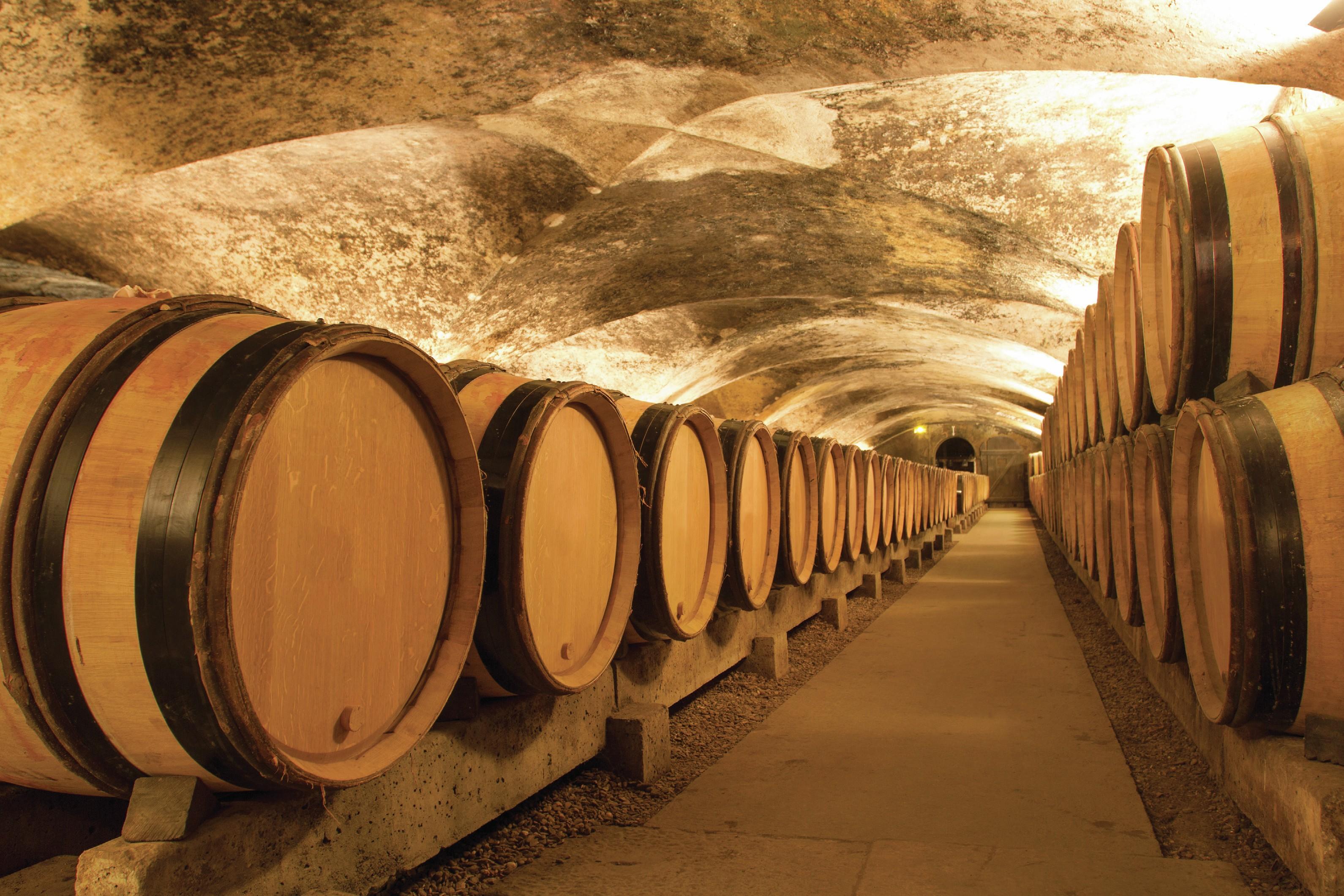
One alternative narrative could be the exciting research and development (R&D) currently in play across France, largely as a means of countering the impact of climate change. In Roussillon, for example, viticulturists are searching for solutions in the fields of agro-forestry, solar energy and biodiversity, as well as running programmes to improve soil balance and fertility. “We have been suffering from a big lack of water these past few years,” says the CIVR’s Aracil.
“Our producers are looking into different grape varieties and rootstocks that are more adaptable to dry, arid conditions.”
Producers farming organically in St-Emilion are also investigating the possibility of planting a particular bloom, the Asiatic dayflower, to combat the accumulation of copper in soils from spraying copper-based, organic-approved anti-fungals to stop the spread of mildew.
The flower rapidly absorbs copper ions from the soil, and can then be uprooted and disposed of, thus removing the copper from the ground.
Meanwhile, Rhonéa’s artisan producers are focusing on innovations including a blanc de noirs, a first for the group. Crafting a still white wine from black grapes, says Vincent, “showcases our expertise”. It also offers producers something of a safety blanket as white grapes can be less vulnerable to climate change than reds. Being able to pick white varieties early, before heatwaves or rain spells occur, gives vintners breathing space, and a degree of economic insurance. Whites can also be more flexible early on in the season, as more and more regions experience late, bud-destroying frosts.
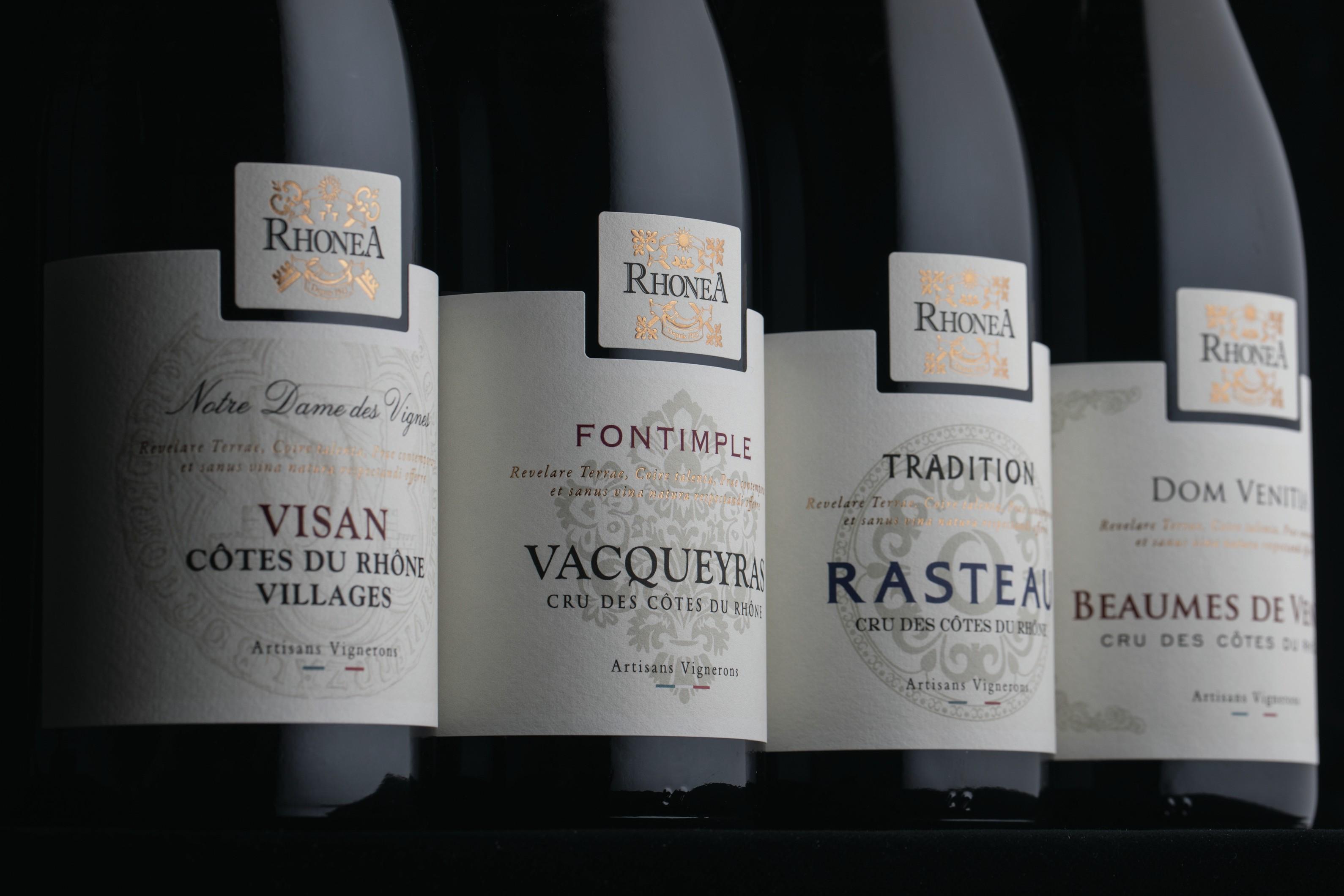
A blanc de noirs is also a curiosity likely to appeal to a new generation of consumer, for whom the definition of luxury has changed. Until fairly recently, the notion of luxury has been equated with lofty prices, but this mindset is shifting in many markets.
“In the last few years, people have begun looking for more authentic luxury, and less TikTok influencer ‘bling-bling’ products,” says Barton & Guestier’s Marion.
Instead, there is a growing demand for “transparency, authenticity and sustainability,” says Véronique Hombroekx, branded wines director for Baron Philippe de Rothschild, which owns Mouton Cadet. “Organic and vegan certifications are also now expected by young consumers, who are looking for more accessible, fruitdriven wines with softer tannins,” she adds.
To cater to this changing idea of luxury, Mouton Cadet is launching a trilogy of organic and vegan expressions that represent a more “contemporary, laid-back approach to Bordeaux wines”. Included in the trio is Mouton Cadet Blanc by Nathan Sereys de Rothschild, the greatgrandson of the brand’s founder, who has created a “fresh and elegant” Sauvignon Blanc with citrus aromas and notes of hawthorn, jasmine, apricot and white blossom.
Importantly, it will be priced at only £10–£15.
This idea of ‘little luxuries’ is finding a home elsewhere, including at UK retailer Majestic.
Partner Content
“We strive to offer something special for customers of every taste and every budget, and this philosophy extends into our fine wine offering,” says Elizabeth Kelly MW, buying manager.
“In Bordeaux, for instance, we offer fine wines at what you might call the ‘entry level’ of the premium category, such as our new Definition By Majestic Margaux or Pauillac, both of which are £24.99 per bottle. The range extends right through to the ultra-premium end, up to first growths like Latour.”
Luxury can also mean peace of mind. “Premium wine consumers are looking for brands that are a guarantee of quality,” says Hombroekx, who explains that this is one of the reasons why Mouton Cadet works with such a large pool of winegrowers (150 in total), in order “to ensure the best quality, vintage after vintage”.
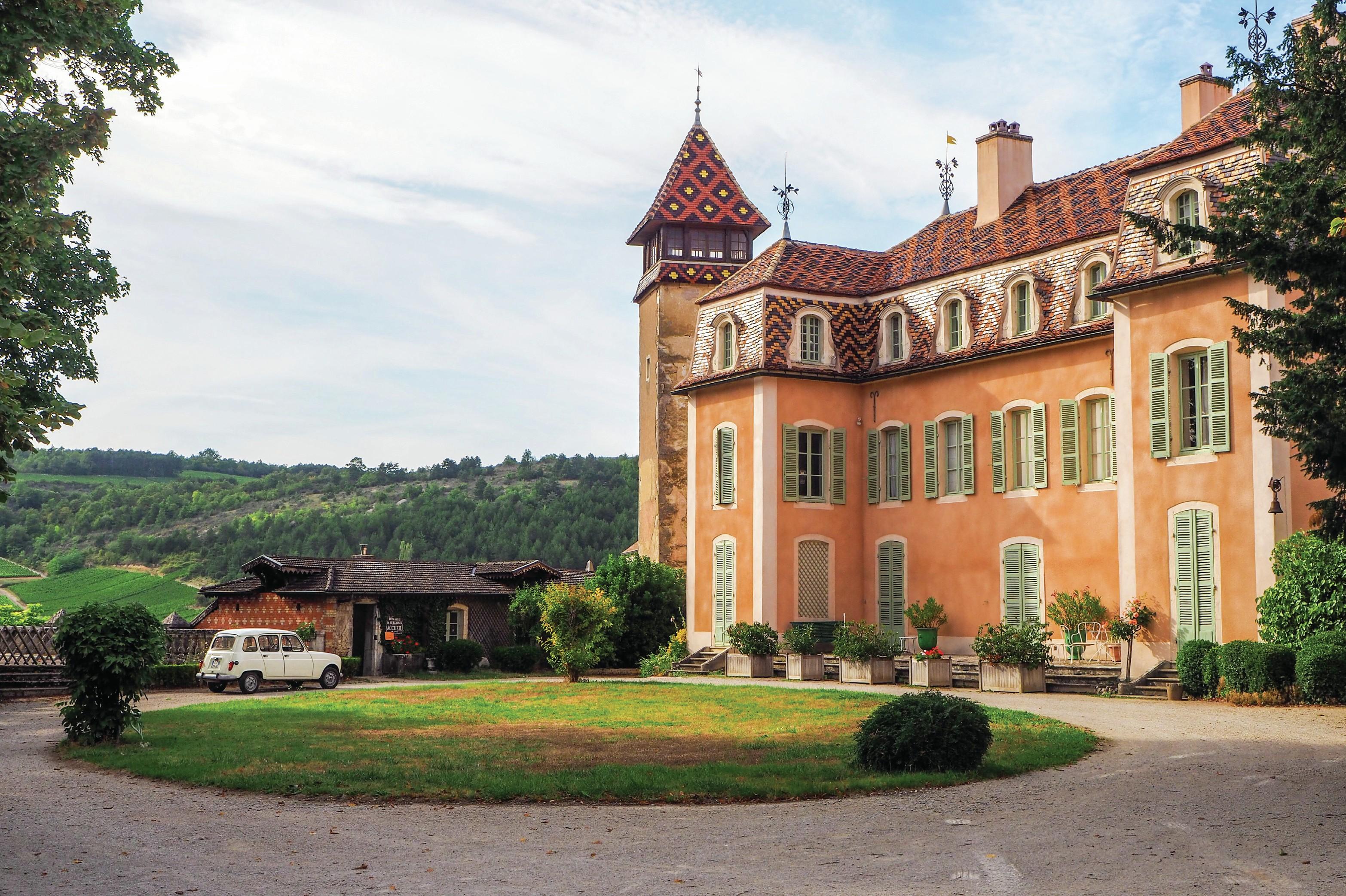
Under the hammer
While Burgundy remains the top-selling French region by value for fine wine platform iDealwine, representing a 40.5% slice of total value sales during the last year, continually rising prices in Burgundy mean collectors are casting their net further. One region especially has taken off in the last 12 months.
“The highest growth in value we’ve seen is for Savoie in the AuvergneRhône-Alpes region, southeastern France, for which prices have jumped by 67% to reach an average bottle price of €85 (+25.7%),” says Órlaith Moore Smith, international marketing manager for fine wine platform iDealwine (see boxout, p54).
“Some collectors are asking whether Savoie is the new Jura, but volumes are still low and it remains quite niche.
Nonetheless, a look at the figures tells us that the most discerning wine enthusiasts are indeed paying attention.”
Although three-quarters of Savoie wine production is white, the share between red and white expressions is much more even at auction (45% for the former, 48% for the latter on the platform), with bidders often opting for local varieties including Mondeuse. “The prices of Savoie wines are now level with the prices we see in the Loire Valley, where the average bottle price is around €86,” says Moore Smith.
Other French regions that have seen high value growth for iDealwine include Corsica (+30%) and Alsace (+15%).
Majestic, on the other hand, is betting big on Provence blanc, and is gearing up to add three new expressions into its increasingly comprehensive fine wine range this year. It’s the first time the retailer has dipped a toe into the refreshing waters of Provence whites.
“We already over-index on Provence rosé – it’s an important category for Majestic, and one we are true specialists in. But over the past few years we’ve started to see the quality and availability of Provence blanc improve massively, and we think it’s a style of wine that our customers will love,” says Majestic’s Kelly.
“We know that our customers enjoy dry, aromatic white wines such as Picpoul, Gavi and Albariño – Provence blanc represents an opportunity to discover another exciting, new, but similar style.”
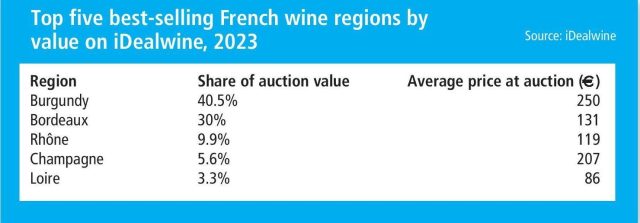
Ascending Alsace
Sommelier Rémi Cousin worked at Le Gavroche for more than seven years before the London restaurant closed its doors for good in January. The establishment auctioned off the contents of its wine cellar, accumulated over 56 years, via Christie’s in April, achieving a cool £1.9 million in the sale. Before this, however, Cousin noticed that, while patrons of fine dining restaurants will “always stick to the classics”, the escalating prices of wines from Burgundy and the Rhône had started to discourage guests from ordering from these regions.
For Cousin, Alsace currently offers enormous potential in terms of its fine wines due to the “versatility in choices between grape and wine style, all the different estates and the complexity between the different soils”.
While diners may have steered clear of certain French regions of late due to soaring prices, this doesn’t mean they have been turning away from France more generally in favour of fine wines from other countries.
“This was definitely not the case at Le Gavroche,” says Cousin. “And, for the other restaurants with which I’m currently working, French fine wines still lead the race.”
Incorporating France’s high-end wines into more diverse on-trade venues could help unlock the country’s potential for a new audience. According to Majestic CEO John Colley, by-the-glass sales are a must to ensure the future of the country’s top drops.
“Traditionally, fine and Old World wines have not been as popular with younger consumers, but since our acquisition of [wine bar chain] Vagabond, we have seen first-hand that this is not necessarily the case,” he says.
“Vagabond’s bars offer some fantastic French fine wines by the glass, and provide a great opportunity for fine wine producers to reach younger audiences through the experiential nature of these bars and their unique tap-and-pour dispensing system.”
For all the tongue-wagging about price, one inexorable truth remains. “There seems to be an intrinsic style to French fine wines that you simply cannot find anywhere else,” says Majestic’s Kelly. “That balance of elegance, fruit and finesse is just so uniquely French.”
Related news
For the eleventh day of Christmas...
Non-vintage is ‘putting together a puzzle’ says Champagne Lallier

